This article explains the distinctions and applications of bollards and barriers. You'll have a clear understanding of the functions, purposes, design, aesthetics, cost analysis, and legal and regulatory factors of bollards and barriers. You'll also be able to differentiate between bollards and barriers and select the appropriate solution based on specific requirements to ensure maximum effectiveness.
What is the Difference between Bollards and Barriers?
Bollards are commonly used in perimeter security and crowd control to prevent vehicles from entering a restricted area or potentially harming people and property. They provide anti-ramming protection and enhance pedestrian safety.
Barriers are designed to prevent unauthorized access to a particular area and come in different types, including crash-rated, portable, and temporary barriers. They can be customized with branding and signage. Temporary barriers offer versatile solutions that can be rapidly deployed during event management, traffic flow control, and temporary road closures.
Functions and Purposes
Bollards and barriers are used to prevent vehicles from entering restricted areas and to safeguard people and property. They play a significant role in perimeter security and crowd control by helping to manage the flow of people and vehicles. In addition to their security functions, bollards can also improve pedestrian safety and enhance urban planning. They provide anti-ramming protection and enhance pedestrian safety. They are made of sturdy materials such as concrete and metal. Barriers are commonly used in high-risk environments for security applications, temporary deployment during event management, and to control traffic flow and temporary road closures. The type of barrier used depends on the specific needs of the environment in which it is being deployed. In addition, barriers can be designed to be visually appealing, such as adding artwork or designs, or they can blend in with the surrounding environment, making them more inconspicuous. Furthermore, barriers can be temporary or permanent, depending on the needs of the situation.
Design and Aesthetics
Bollards can be customized to fit the architecture of a building, as well as incorporate colors and patterns. This level of customization allows bollards to be integrated as design elements, adding an aesthetic appeal while also providing security. In addition, bollards can be used as a traffic management tool, helping to control the flow of vehicles and enhance urban planning. Barriers play a critical role in balancing visibility and security requirements. They can be customized with branding and signage to meet specific needs. With the right combination of security measures, businesses and organizations can create a safe and secure environment for employees, customers, and visitors. Additionally, barriers can also serve as a visual representation of a company's commitment to safety and security, which can enhance brand reputation and instill confidence in stakeholders.
Cost Analysis
The cost of bollards depends on factors such as material selection, manufacturing techniques, installation expenses, site preparation, long-term maintenance, and durability. Barrier cost depends on maintenance and replacement expenses, return on investment in different scenarios, and other factors.
Legal and Regulatory Factors For Bollards and Barriers
Bollards must comply with ADA accessibility considerations, vehicle impact standards, and crash testing requirements, as well as local zoning and architectural guidelines. Barriers need to comply with safety regulations, temporary usage permits and restrictions, and liability and insurance considerations.
Summary
Bollards and barriers are two different types of physical security measures that are used to provide protection in different ways. Bollards are typically used to restrict vehicle access to specific areas, while barriers are often used to prevent vehicles from entering an area altogether. It is important to choose the right type of security measure based on the specific requirements of the area in question. For example, if the goal is to prevent vehicles from entering a certain area, barriers may be the best choice. However, if the goal is to simply limit access to certain parts of a facility, bollards may be more appropriate. It is important to carefully consider all of the options available and to work with a security professional to determine the best solution for your specific needs.
Frequently Asked Questions
Q. Is a bollard a barrier?
A. No, a bollard is not a barrier. Although they share some similarities in terms of their function, bollards are primarily used to protect people and property from vehicles, while barriers are designed to prevent unauthorized access to a particular area.
Q. What is the difference between a guardrail and a bollard?
A. Guardrails are typically used along roads to prevent vehicles from leaving the roadway and going off the road. In contrast, bollards are vertical posts that are used to protect people and property from vehicles, typically by preventing vehicles from entering a restricted area or colliding with a building or pedestrian zone.
Q. What can I use instead of a bollard?
A. While bollards are a commonly used method for controlling traffic flow and restricting access, there are other alternatives that may be more suitable for certain situations. In addition to barriers, planters, and benches, there are also traffic cones, delineators, and gates. Each of these options has its own unique advantages and disadvantages, and the most appropriate solution will depend on factors such as the location, the level of security required, and the aesthetic preferences of the area.
















































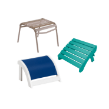





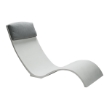







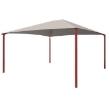
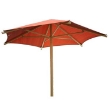
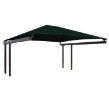
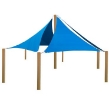
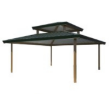
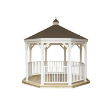
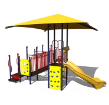











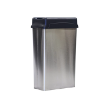





































Leave your comment